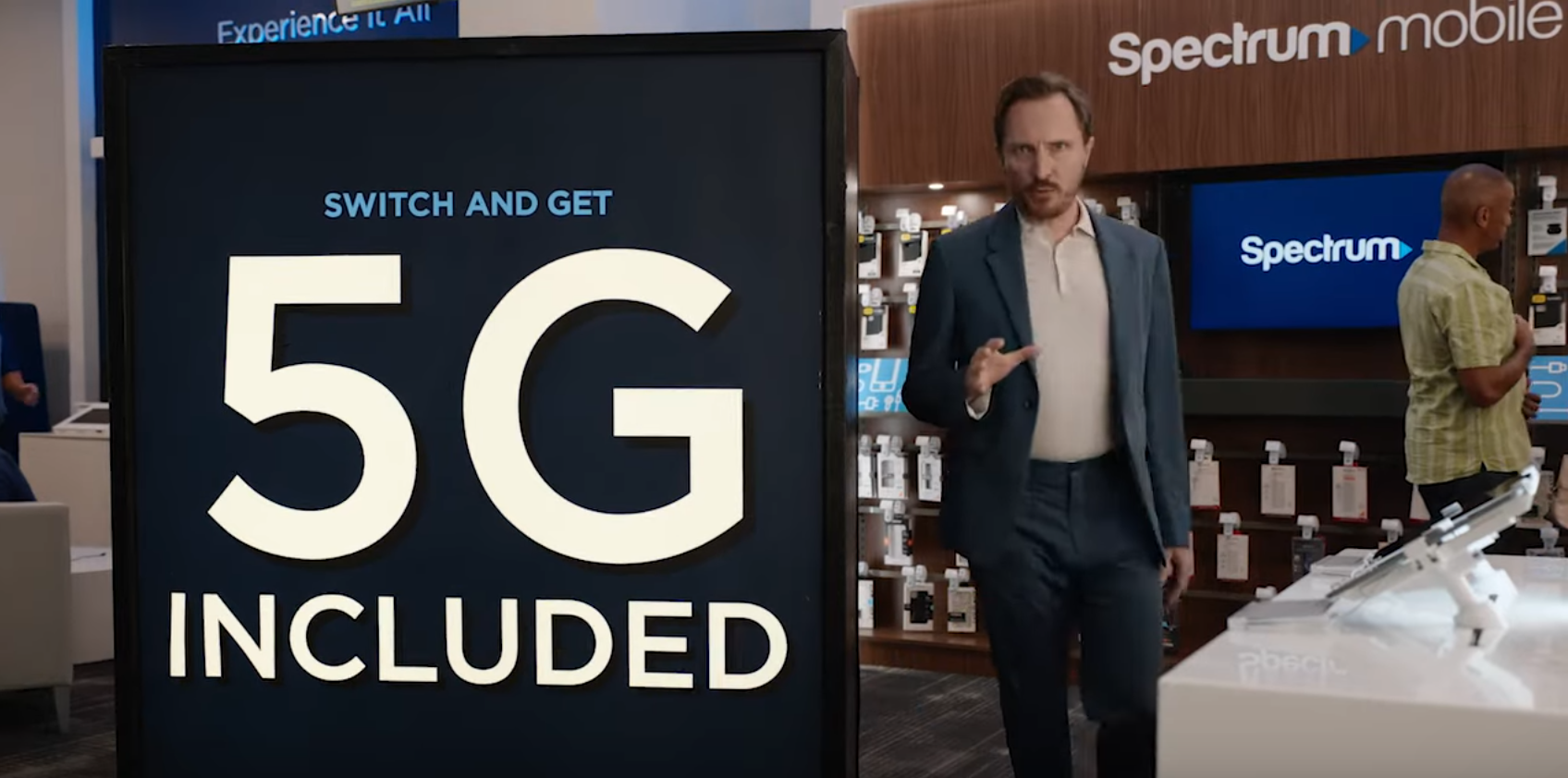
Byte Invisible Braces
NAD takes issue with blanket disclosure regarding incentivized reviews.
Life Alert, the button-activated medical alert system known for its tagline “I’ve fallen and I can’t get up,” claims in marketing materials that it saves a life every 11 minutes. That’s 131 lives a day, 47,815 lives a year. But who’s counting?
Life Alert, for one.
The Life Alert website maintains a running tally of the lives saved by Life Alert since 2008. As of this writing, the number stands at 536,487 lives, more than half a million people.
But does Life Alert really save a life every 11 minutes? Prompted by a consumer tip, TINA.org looked into the math behind Life Alert’s life-saving claims. And according to a company information page on the Life Alert website, out of some 500,000 calls Life Alert says it receives every year, only about 12,000 of them are for “life threatening emergencies.” That’s tens of thousands of lives short of the number of lives the company claims to save every year, which starts with the assertion that Life Alert saves a life every 11 minutes.
Which raises the question: While a reasonable consumer might equate “saved a life” with “kept from dying,” is Life Alert counting non-life-threatening episodes as life-saving events to boost its numbers? A fine-print disclaimer at the bottom of TV commercials and on the Life Alert website uses ambiguous language in regard to the criteria that must be met for Life Alert to deem an incident a life-saving event:
Life Alert defines a saved from a catastrophic outcome as an event where a subscriber activated the system, had an actual emergency, was home alone, was unable to get to the phone to call for help and Life Alert dispatched help.
It’s unclear what Life Alert means by “a catastrophic outcome” or by “an actual emergency.” Death is pretty catastrophic but it’s possible to survive an actual emergency, depending on how Life Alert defines it. Not to be crude, but how close to death does a subscriber have to be for Life Alert to take credit for saving that person’s life? Based on this disclaimer, which most consumers probably never see, Life Alert appears to be casting a wide net to claim it saves more lives than it actually does.
“Emergency testimonials”
A number of “emergency testimonials” on the Life Alert website document clear emergencies, such as trouble breathing, that could have led to death. However, one recent so-called emergency testimonial admits to calling Life Alert in a non-emergency situation. Does Life Alert count this as a life saved?
There are also testimonials from the children of Life Alert subscribers who say they were with their parents when the episode in question happened; in some cases, they were the ones to push the button. Which means the subscriber was not home alone, thus disqualifying the incident as a life-saving event attributable to Life Alert based on the company’s criteria as described in the disclaimer.
Hidden costs
Another issue — and the subject of the latest consumer complaint filed against Life Alert with the BBB — is the hidden cost of Life Alert. The website says to call for prices, while consumers who have complained to the BBB say Life Alert automatically bills subscribers around $100 a month. According to consumer complaints, Life Alert also makes subscribers agree to a three-year contract that can be difficult to get out of, which, if true, has the ingredients for a potential ROSCA action.
Life Alert did not respond to a TINA.org request for comment. Check back for updates.
Find more of our coverage on ads aimed at seniors here.
Our Ad Alerts are not just about false and deceptive marketing issues, but may also be about ads that, although not necessarily deceptive, should be viewed with caution. Ad Alerts can also be about single issues and may not include a comprehensive list of all marketing issues relating to the brand discussed.
NAD takes issue with blanket disclosure regarding incentivized reviews.
Except when there’s battery damage.
Interested in 5G? Spectrum Mobile may not have you covered.

